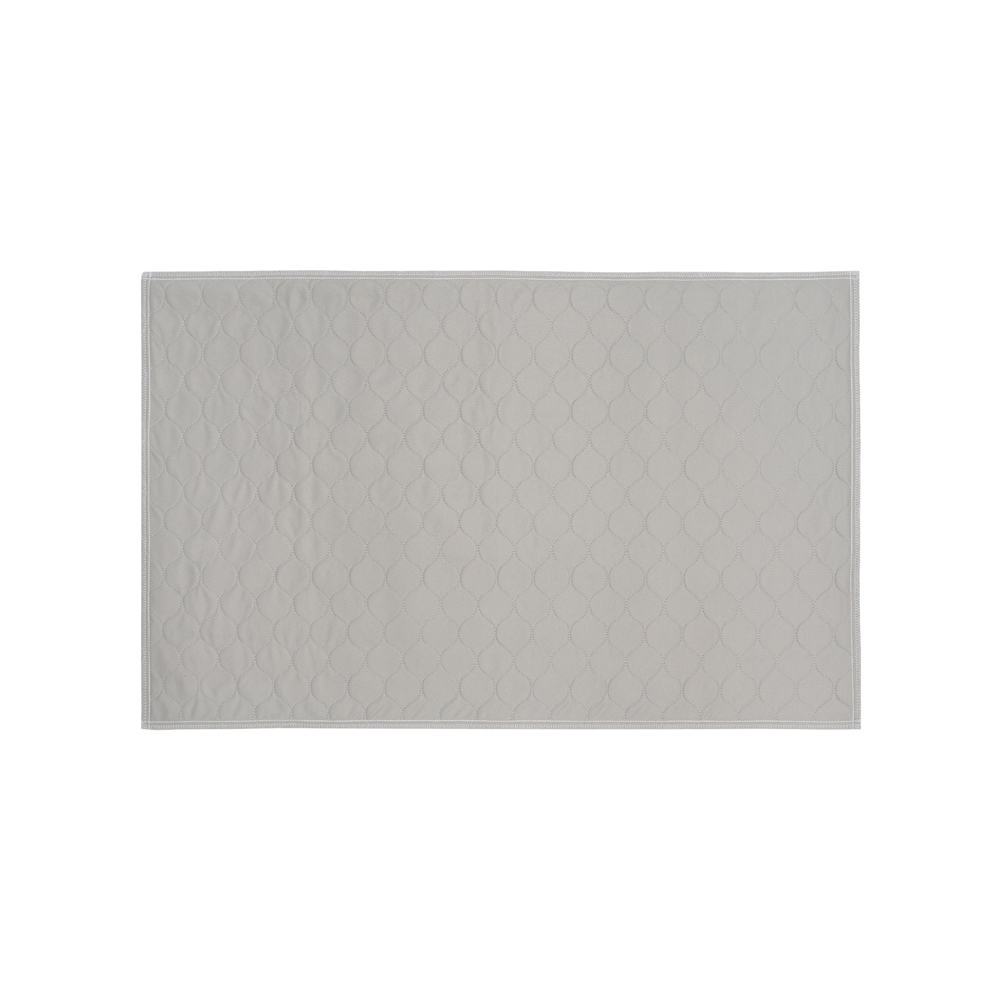Advantages:
Waterproof: PVC bottom pee pads usually have good waterproof performance, preventing urine from seeping into the floor or ground, keeping the surface dry and clean.
Easy to clean: PVC bottom pee pads can usually be washed with water, making cleaning convenient and efficient, effectively removing stains and odors, and maintaining hygiene.
Non-slip: PVC bottom pee pads typically have good traction, making them less likely to slide around, providing better stability on the floor and preventing pets from sliding or moving during use.

Disadvantages:
Potential odor buildup: Although PVC bottom pee pads can be washed with water, if not cleaned promptly or thoroughly, urine residue or odors may remain, affecting hygiene and user experience.
Possible safety hazards: Some PVC materials may contain harmful substances, such as phthalates, which can have long-term health effects on pets. Therefore, choosing PVC materials that meet safety standards is important.
Potential noise: PVC bottom pee pads may produce friction and noise when pets use them, which some pets may not like, affecting their user experience.
Using PVC bottom pet washable pee pads offers advantages such as good waterproofing, ease of cleaning, and non-slip properties. However, it is important to ensure thorough cleaning, choose safe materials, and address potential noise issues.

 English
English Deutsch
Deutsch









